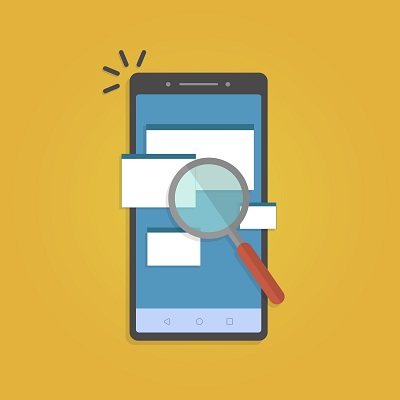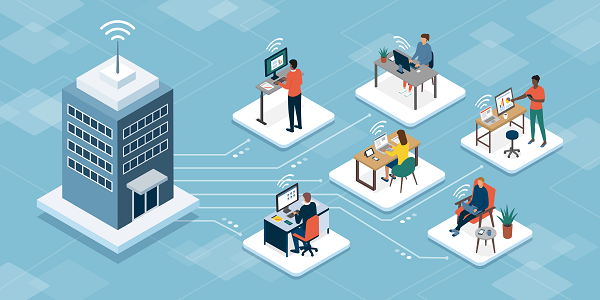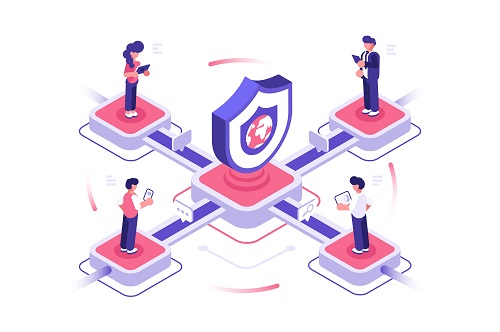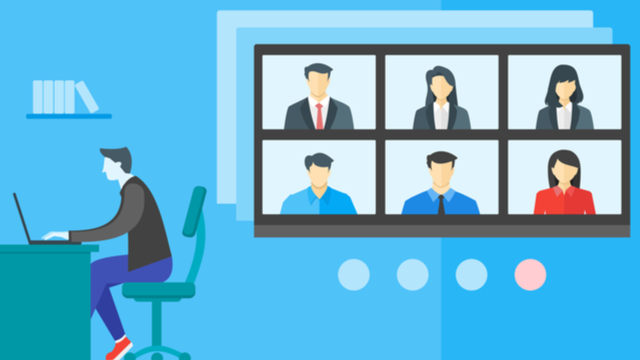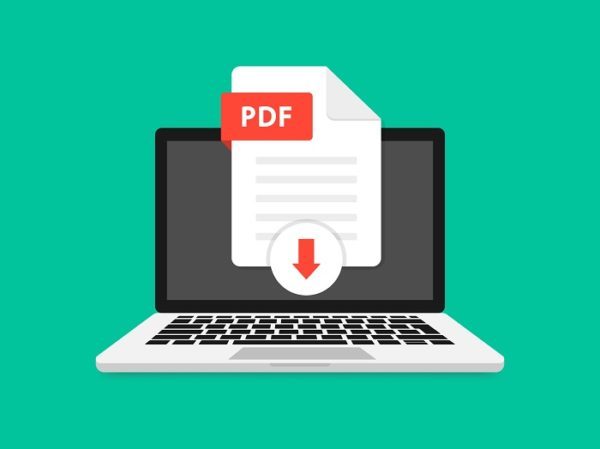What Happens When You Don’t Have a Modern Data Solution?
Why a Modern Data Review Platform is Critical to eDiscovery
When legal professionals first incorporated electronically stored information (ESI) into their eDiscovery document review process, it opened the door for a variety of digital data types to be used in investigation and litigation.
It didn’t take long for eDiscovery to begin taking in ESI like emails, documents, spreadsheets, databases, CAD/CAM files, digital images, and websites. These have remained the primary sources of digital discovery data used by legal professionals.
However, as technology continues to evolve, new modern data types are becoming increasingly vital in litigation. These new modern data types fall under five primary categories, in addition to traditional eDiscovery:
- Communication
- Computer/User Activity
- Geo-location tracking (location tracking software)
- Financial Transactions
- Social Media
These modern data types have their own unique uses and their associated metadata allows you to create a chronological list of events and user activities so you can gain context where it did not exist in traditional discovery.
Here are just a few examples of how it works:
- By gathering data on computer activity, you’re able to see when individuals upload documents to Google Drive or download them onto thumb drives.
- Geolocation lets you determine where a computer activity took place so you know if they were at home, in the office, or at another location.
- By using the metadata associated with different communication applications, you can track and document relevant dialogue between two parties as they carry their conversation from one device or application to another.
With these additional data types, you’re able to tell a complete story through your legal review when combining traditional and modern data, in one unified eDiscovery platform.
As more modern data forensic artifacts emerge, CloudNine is doing our part to help your eDiscovery team gain the context and confidence you need to solve your cases. Sign up to receive updates on our offerings here.
Reconstructing Digital Conversations To Unveil The Full Picture
In a modern data eDiscovery solution, you can do things that simply aren’t possible or are too difficult or costly to do in a traditional document review-centric platform.
In a traditional legal document review platform, communication between two individuals would be collected and stored as individual documents. This means the context of the whole conversation including text before and after the individual messages could lose context in the conversation, leaving a void in the interpretation.
A modern data review platform allows you to collect data from multiple devices and applications including traditional ESI and loose files. By using the metadata associated with the collected data, you can select two individuals and review all communication between them in a chronological timeline. Now you have the context to perform the smartphone forensics and short message discovery you need to follow a conversation that began in Slack but transitioned to text messaging before concluding in WhatsApp.
Cell Phone Discovery: Reviewing Text Messages In a Modern Data Review Platform
Traditional legal review platforms are often inefficient when reviewing text messages. In a traditional platform, text threads are converted to PDF requiring each thread to be reviewed, text-by-text. In this case, five individuals in a group text messaging thread, means you’ll see the same message collected five times. This results in a lot of time and money wasted redacting large parts of the text thread, irrelevant to the topic.
Smartphone data discovery allows you to filter duplicate messages, and remove 20-30% of the collected data. With a simple click of a button, modern eDiscovery review allows you to select the text messages you want to advance and remove the irrelevant text from long or group threads.
Another challenge for traditional review platforms is the inability to maintain native formats for data. By relying on screenshots or PDFs, organizations using older platforms can fall victim to doctored images that could affect the course of the litigation.
For example, in Rossbach v. Montefiore Medical Center, a plaintiff used screenshots of a text message to attempt to prove that her former employer had sexually harassed, then fired her. The message was allegedly sent to her iPhone 5 which cannot run an operating system beyond iOS 10. A forensics investigator examined the screenshot and discovered an emoji present in the image was a version not available until iOS 13 was released.
Modern eDiscovery review platforms capture text message formats (MMS and SMS) in their native format so there’s no risk of fraudulent or altered data in the review. A unified eDiscovery platform will combine both traditional and modern data without creating documents from modern data sources.
Learn more about how your legal team can hit the eDiscovery bullseye with every data type with CloudNine Review here.
Why Organizations Are Hesitant to Commit to a Modern Data Review Platform
Some organizations are hesitant to adopt a modern data review platform because of their apprehension to change standard operations. They’re unwilling to change their review mentality from document-based to metadata-based or a hybrid of both. After all, if it’s working, why change it?
Many organizations are also forced to break-out their review processes among multiple platforms – one for traditional data like emails and Word documents and one for modern data like geolocation, social media and computer activity.
In addition, there are some objections to native file production:
- Retrieval of native files after initial document collection would mean additional costs.
- Redaction is difficult or even impossible with some native file types.
- Image-based productions are often accepted in court.
- Static images are equally useful for analysis and review of native files.
- Federal Rule of Civil Procedure 34 does not specifically require native formats.
However, as modern data types become more common and important, organizations are beginning to understand that using a traditional, legacy document solution to review modern data is becoming burdensome, expensive, and slow.
How a Modern Data Review Platform Simplifies eDiscovery
Simply put, a modern data review platform like CloudNine’s ESI Analyst organizes your data more efficiently by using metadata to sort modern data types by recipients, senders, timestamps, locations, and computer activity.
The data is then tagged under one of the following data types:
- Call logs and voice mails
- Chat applications (WhatsApp, Telegram, Facebook Messenger, etc.)
- Corporate chat applications (Slack, MS Teams, etc.)
- Text Messages (SMS, MMS)
- Computer activity
- Geolocation
- Social media
- Financial transactions
In addition, with a built-in foreign language tool, you have access to more than 80 supported languages so nothing gets lost in translation.
While legacy document review solutions are limited to reviewing documents, they miss key data points like geolocation, financial transactions, and other pertinent data that does not fit in a document-centric workflow. The CloudNine, integrated solution allows you to filter, search, tag, and review all data in one platform.
Let CloudNine help you integrate a modern data review platform into your eDiscovery processes. We can train your case teams quickly so they’re up and running in 15-20 minutes. To learn more about how our modern data solution can make your eDiscovery processes more efficient, drop us a line.

